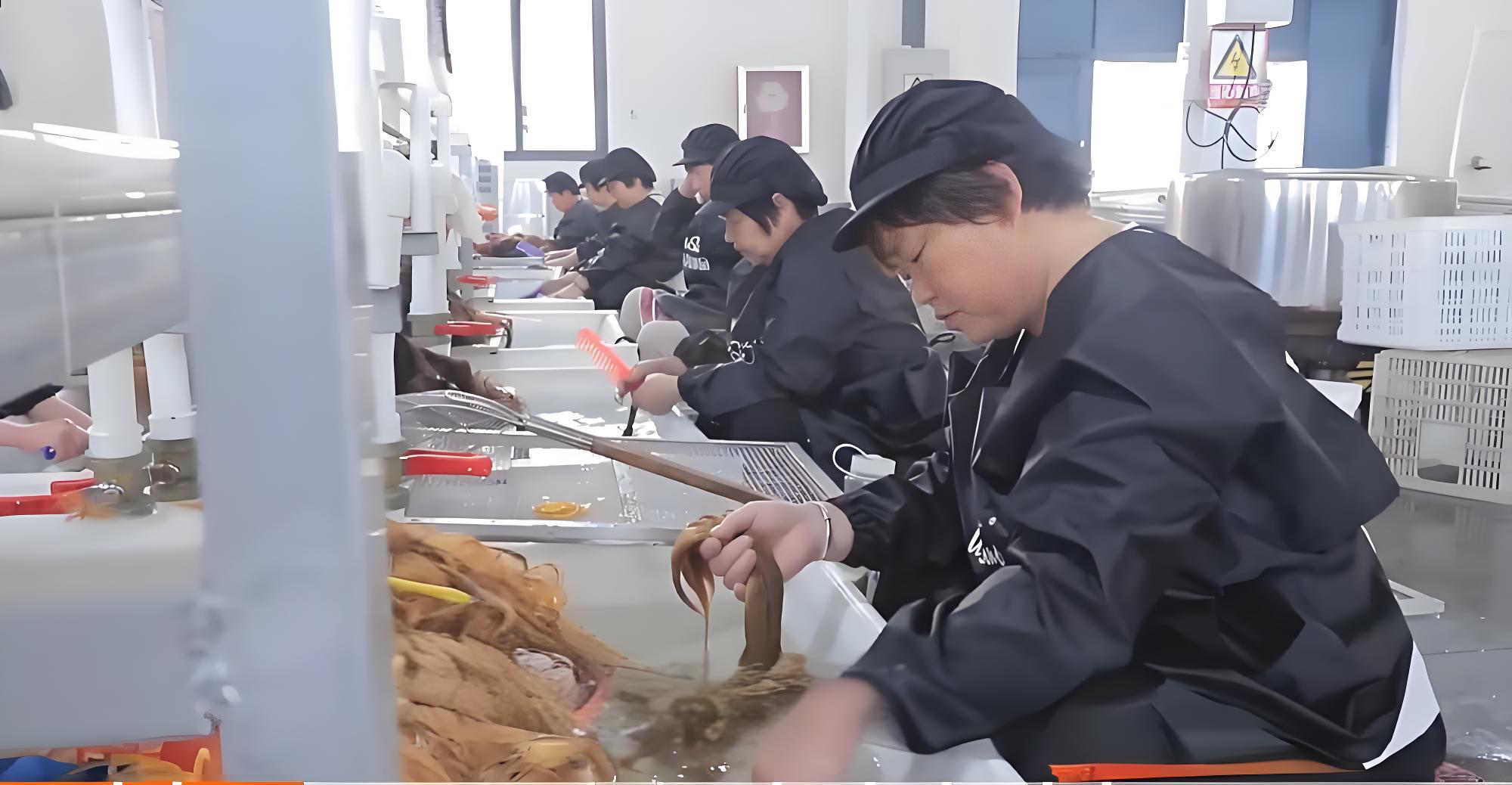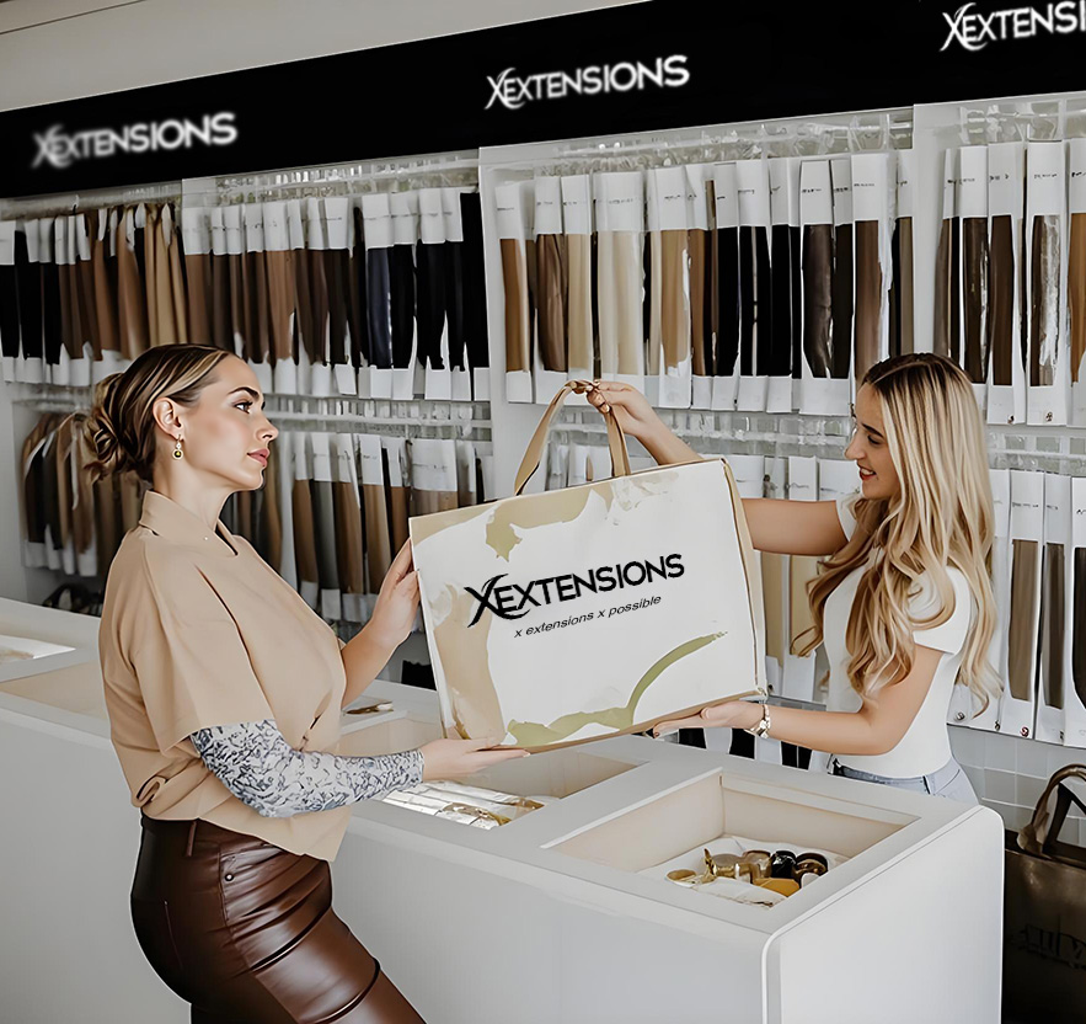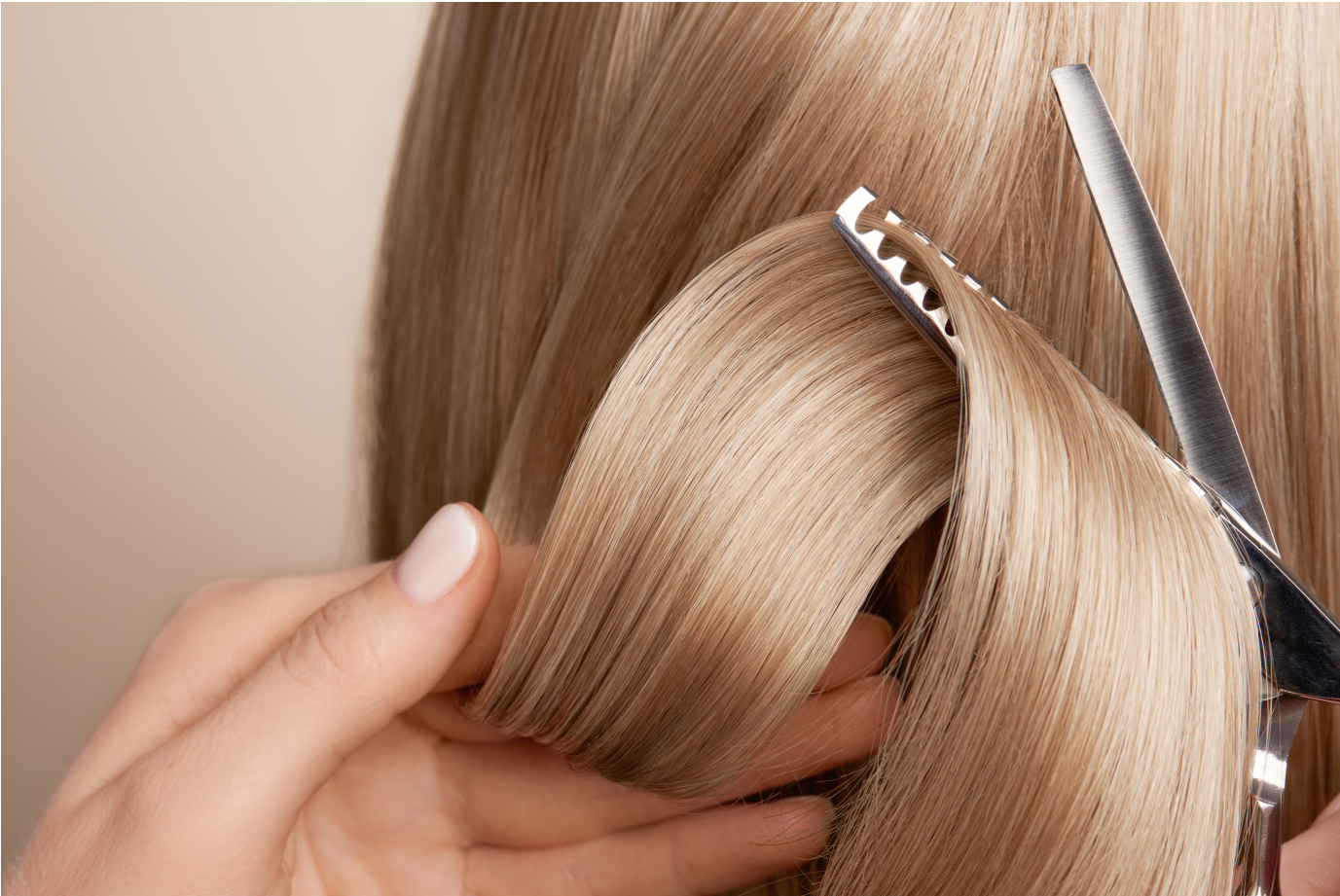Human hair extensions are a popular choice for many, but where does the hair come from? The source of hair for extensions is crucial to ensuring quality and ethical practices.
The majority of human hair used for extensions comes from China, with other sources including Cambodia and India. These regions supply hair that is processed into various extension types.
There is a lot to explore about the origins of hair for extensions, from its collection to the ethical considerations. Let's dive deeper into where this hair actually comes from.

Where does the human hair for extensions come from?
Human hair for extensions is primarily sourced from countries like China, India, and Cambodia. Each of these regions has its own methods of hair collection and processing, contributing to the variety in texture, quality, and availability.
The majority of human hair extensions come from China, while smaller quantities are sourced from India and Cambodia. These areas have well-established methods of hair collection.

Hair for extensions is collected from different sources in these countries. In China, hair is often sourced from women who cut their hair for monetary compensation. India and Cambodia have religious and cultural practices where hair is offered as a donation, such as in temples.
How Hair is Collected in Different Countries
| Country | Method of Collection | Characteristics of Hair |
|---|---|---|
| China | Collected from individuals selling their hair | Straight, coarse, and adaptable to various textures |
| India | Temple donations (e.g., Venkateshwara Temple) | Soft, wavy, often untreated |
| Cambodia | Direct donations and collections | Silky, less processed hair |
What animal hair is used for extensions?
You may wonder if animal hair is ever used in hair extensions. While human hair is the most common, some extensions use animal hair, such as horse hair or yak hair, though they are far less common. The use of animal hair is primarily seen in lower-quality extensions or wigs.
Animal hair, such as horse or yak hair, is occasionally used in lower-quality extensions, but human hair remains the most popular choice for premium products.

While animal hair can offer a different texture and is often cheaper, it does not match the natural look and feel of human hair. It is more commonly seen in costume wigs or lower-cost synthetic hair pieces.
Why Animal Hair is Less Common
| Hair Type | Pros | Cons |
|---|---|---|
| Horse Hair | Strong, durable | Less natural appearance |
| Yak Hair | Available in various colors | Lacks the luster of human hair |
| Human Hair | Natural look, versatile | Higher cost, ethical concerns |
Are hair extensions ethically sourced?
Ethical sourcing of hair extensions is a significant concern for many consumers. Ethical sourcing means that the hair is collected in a way that is fair to the individuals providing it and the environment. Many suppliers today are more transparent about their sourcing practices.
Ethically sourced hair ensures fair compensation for those donating or selling their hair. Transparency in collection practices helps consumers make informed choices.

Some companies ensure their hair is ethically sourced by working directly with individuals or communities. Others may source hair through temples or other cultural donations, ensuring that the hair is given freely or for a fair price. However, not all hair suppliers follow ethical practices, and it’s crucial for buyers to choose suppliers that provide transparency about their processes.
Ethical Sourcing Practices
| Practice | Description | Example |
|---|---|---|
| Direct Purchase | Buying hair directly from individuals or families | Community-based collections |
| Religious Donations | Hair donated to temples for religious reasons | India (e.g., Venkateshwara Temple) |
| Fair Compensation | Offering fair wages or compensation for hair | Cambodian village collections |
Where do Beauty Works source their hair from?
Beauty Works, a well-known brand in the hair extension industry, sources its hair from regions like China, India, and Cambodia. The company works with reliable suppliers who ensure that the hair used for their extensions is of the highest quality.
Beauty Works ensures that the hair they use is carefully selected and processed to meet their rigorous standards. Their focus on quality and ethical sourcing aligns with the growing demand for transparency in the hair extension market.

Hairstylist trimming hair of the customer in a beauty salon[/caption]
In recent years, Beauty Works has made efforts to improve the traceability of their products. They collaborate with suppliers who follow ethical practices, offering customers high-quality extensions while also promoting fair treatment for the people involved in the hair collection process.
Beauty Works Hair Sourcing: Key Points
| Source Region | Hair Quality | Collection Method | Ethical Practices |
|---|---|---|---|
| China | Straight, coarse, versatile | Direct purchase from individuals | Ensures fair compensation |
| India | Soft, wavy, untreated | Temple donations | Transparent sourcing |
| Cambodia | Silky, less processed | Direct donations | Supports local communities |
Conclusion
Human hair for extensions is primarily sourced from China, India, and Cambodia. Ethical sourcing ensures quality while supporting fair practices. Always choose suppliers who are transparent in their processes.



